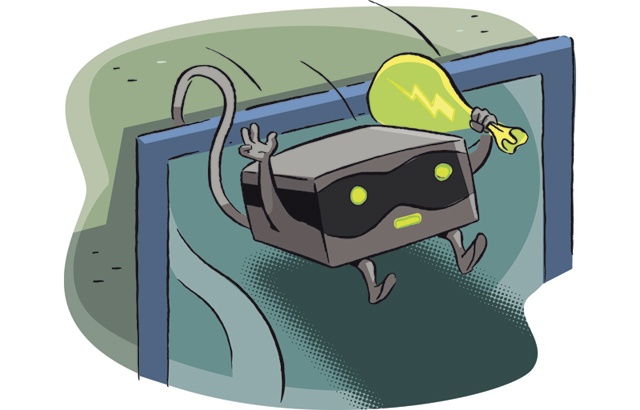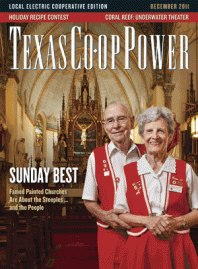Cable, satellite and other set-top boxes that run nonstop, sending signals to TVs or digital video recorders (DVRs), are racking up more kilowatt-hours (kWh) than some new refrigerators. And consumers are paying the price on their electricity bills.
In 2010, set-top boxes in the U.S. consumed approximately 27 billion kWh, according to a recent study by the National Resources Defense Council (NRDC). That amount, according to the NRDC, is equivalent to the average annual output of nine 500-megawatt power plants.
There are about 160 million set-top boxes installed in homes nationwide, one for every two people, the NRDC reports. DVRs, which use about 40 percent more energy per year than nonrecording set-top boxes, have also gained popularity.
A set-top box and high-definition DVR combined, which often run 24 hours a day, use more electricity than many other high-energy users in the home—more energy than a 21-cubic-foot, Energy Star-rated refrigerator or some central air-conditioning units, the NRDC reports.
Set-top boxes and DVRs are similar to computers, with components such as hard drives and processors that draw power as long as they are plugged in. Because most set-top boxes and DVRs don’t have a standby or sleep mode—the “off” button often only dims the digital clock—they consume power even when not in active use.
So, according to the study, the devices consume about two-thirds of their electricity when no one is using them to watch TV or record shows. These kWh cost Americans approximately $2 billion a year.
Earlier this year, the U.S. Environmental Protection Agency (EPA) issued new Energy Star requirements specifying that cable and satellite boxes use at least 40 percent less energy than comparable brands and enter into a “deep-sleep” mode when not in use to wear the Energy Star brand.
Previous standards called for Energy Star-rated set-top boxes to be 30 percent more energy efficient than conventional models. Energy Star standards are voluntary guidelines to which manufacturers adhere to obtain the government’s energy-efficient certification.
Consumers who receive set-top boxes and DVRs from their cable or satellite service providers might be able to request an energy-efficient model. However, more efficient designs and Energy Star products might not always be available.
Until more energy-efficient designs reach the market, consumers themselves have to control the amount of power drawn when these devices are not in use. But because some service providers perform system maintenance while set-top boxes are on, and the purpose of a DVR is to have an ever-ready recording device, saving energy is more complicated than just pulling the plug. Powering down takes planning. Making that effort, according to Consumer Reports, could save consumers money on their electric bills.
——————–
Suzanne Haberman, communications specialist


